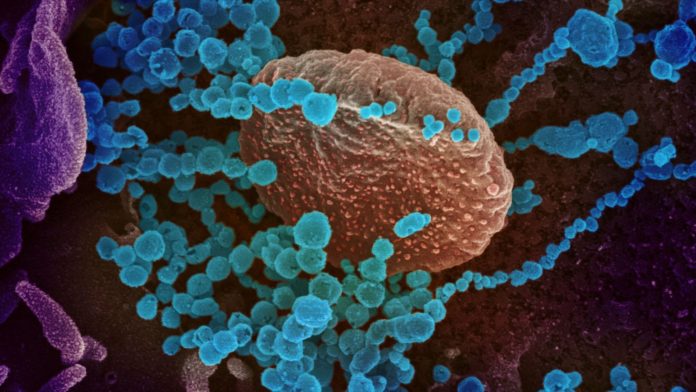By Morshadur Rahman
DHAKA, June 4, 2020 (BSS) – Bangladesh remains as a country with least COVID-19 fatality ratio with 1.3 percent death rate despite its dense population against the global average of 5.91 percent.
“Fortunately the COVID-19 mortality rate in our country remained to be much lower than the global average . . . it is 1.3 percent in Bangladesh,” additional director general of Directorate General of Health Services (DGHS) Professor Nasima Sultana told BSS.
According to the latest statistics of Johns Hopkins University (JHU), which constantly monitors the pandemic across the world, the global COVID-19 fatality rate average is 5.91 percent, a figure substantiated by the World Health Organisation (WHO).
JHU calculated the mortality rate to be 5.8 percent in the United States, 14.1 percent in UK, 14.4 percent in Italy, 5.6 percent in Brazil, 15.4 percent in France, 11.3 percent in Spain, 10.9 percent in Mexico, 16.2 percent in Belgium, 4.7 percent in Germany, 8 percent in Canada and, 12.8 percent in the Netherlands.
The JHU statistics said the COVID-19 fatality rate in Bangladesh’s South Asian neighbour India is 2.8 percent and 2.1 percent in Pakistan.
Sultana said Bangladesh’s position was still far better compared to countries like USA, UK, Italy, Spain, France, Brazil, Mexico and Canada in terms of recovery rate as well as it was estimated to be 21.15 percent.
She said demographic studies indicated that nearly 50 percent of the infected people in Bangladesh were relatively young and thus have higher level of immunity to fight the virus, a phenomenon that largely enabled the country to keep the COVID-19 fatality rate lower.
Former DGHS chief and member of the public health expert team Prof Dr Shah Monir Hossain said Bangladesh saw lowest death rate since the “the government took different effective measures to identify hotspots, intensify screening at gateways and launch motivational campaign.
Sultana also simultaneously preferred to attribute the low fatality and infection rates to timely virus management system, particularly early detection of positive cases and isolation and quarantine measures.
The senior health official, however, said the situation demanded stringent enforcement measures alongside intensified motivation campaign to ensure peoples adherence to anti-COVID-19 health guidelines, particularly after the restricted reopening of the offices and public transport systems.
“We find the cases of mild and moderate coronavirus infections higher than the acute ones. . . The people with mild or moderate symptoms are cured at the quickest time, if they follow health directives properly,” she said.
She added that mild and moderate cases were easy for management on the part of doctors and health workers.
IEDCR advisor Dr Mustaq Hossain said although entire Bangladesh was still at high risk of COVID-19, “the government has been able to contain its spread and save lives of many, through giving healthcare services using hotlines”.
A former student leader, who eventually turned to be health specialist as a doctor, Mustaq said Bangladesh in the past successfully battled diseases like tuberculosis, malaria, dengue and prevented child and maternal mortality rate in a long process gaining much experience.
“I think the country’s previous experiences would make it easy for us to handle the COVID-19 pandemic . . . by now we see the death rate to be very low compared to many other countries,” he said.



